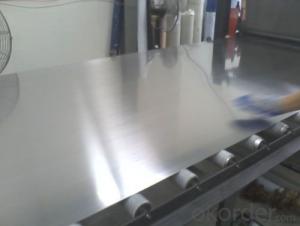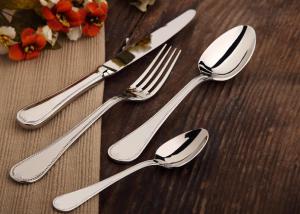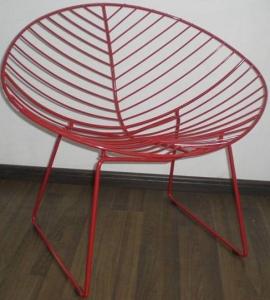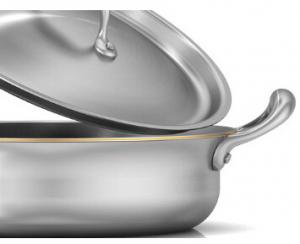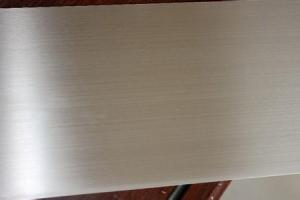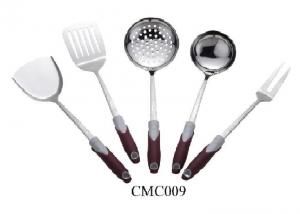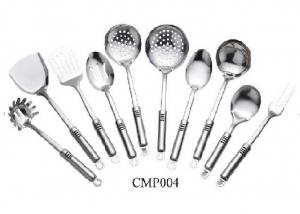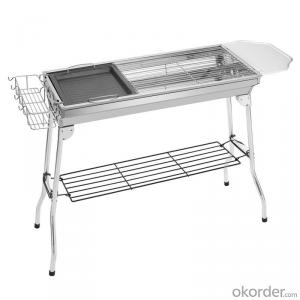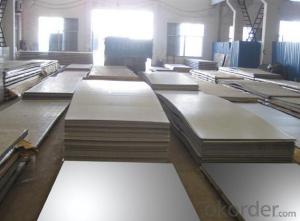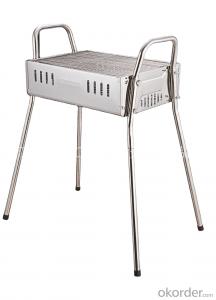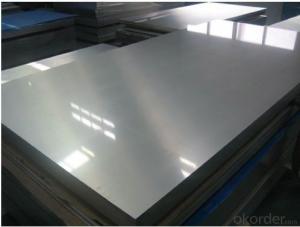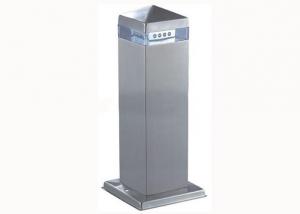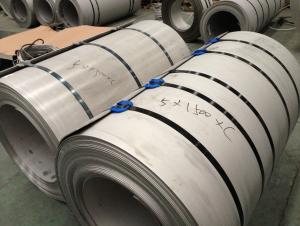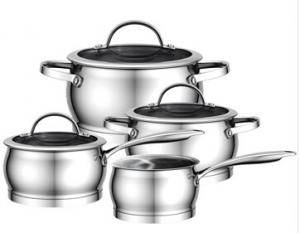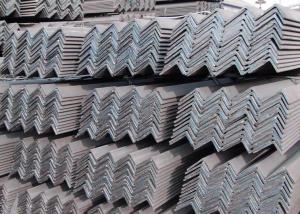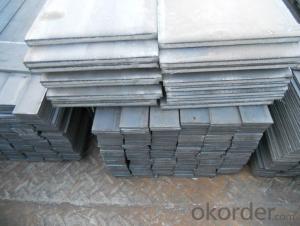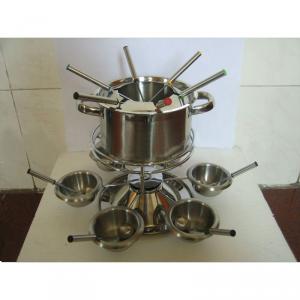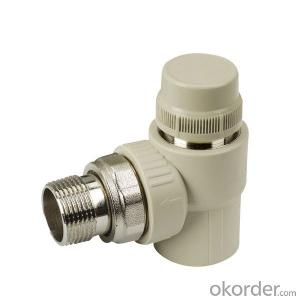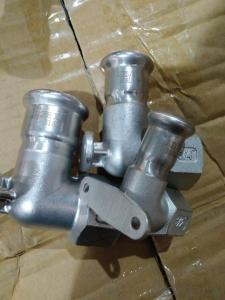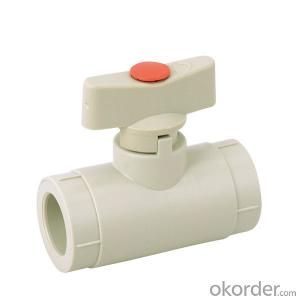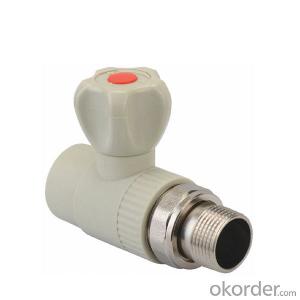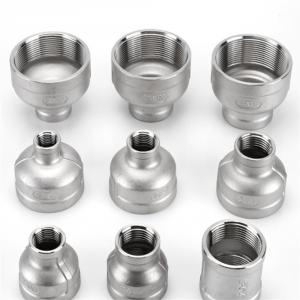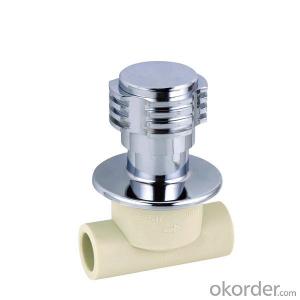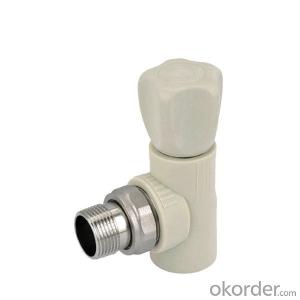Stainless Steel Camping Plates
Stainless Steel Camping Plates Related Searches
Stainless Steel Plates Stainless Steel Dinner Plates Stainless Steel Charger Plates Stainless Steel Wall Plates Stainless Steel Cover Plates Stainless Steel Camper Stainless Steel Kick Plates Stainless Steel Kids Plates Stainless Steel Switch Plates Stainless Steel Platter Stainless Steel Dining Chairs Stainless Steel Diamond Plate Stainless Steel Toddler Plates Stainless Steel Plate For Sale Stainless Steel Kitchen Shelves Stainless Steel Furniture Stainless Checkered Plate Stainless Steel Outdoor Kitchen Stainless Steel Kitchens Stainless Steel Shelves Outdoor Kitchen Stainless Steel Outdoor Stainless Steel Kitchen Stainless Steel Pads Stainless Steel Benches Stainless Steel Kitchenware Stainless Steel Barstools Stainless Steel Divided Plate Stainless Steel Tape Stainless Steel Tiles Stainless Steel ApliancesStainless Steel Camping Plates Supplier & Manufacturer from China
Stainless Steel Camping Plates are a popular choice among outdoor enthusiasts and campers for their durability, lightweight design, and easy maintenance. These plates are made from high-quality stainless steel, ensuring they can withstand the rigors of outdoor use while remaining resistant to rust and corrosion. They are perfect for serving food during camping trips, picnics, or outdoor events, as they are both practical and eco-friendly alternatives to disposable plates.The application and usage scenarios for Stainless Steel Camping Plates are vast, making them a versatile addition to any outdoor adventurer's gear. They are ideal for camping, hiking, backpacking, and other outdoor activities where a reliable and sturdy plate is necessary. These plates can also be used in emergency preparedness kits, as they are lightweight and compact, making them easy to store and transport. Additionally, Stainless Steel Camping Plates are suitable for use at home, in the office, or during outdoor gatherings, providing a convenient and reusable option for mealtime.
Okorder.com is a leading wholesale supplier of Stainless Steel Camping Plates, offering a large inventory of these durable and practical plates. With a commitment to quality and customer satisfaction, Okorder.com ensures that each plate meets the highest standards of craftsmanship and durability. By partnering with Okorder.com, customers can benefit from competitive pricing and a wide selection of Stainless Steel Camping Plates to suit their specific needs and preferences.
Hot Products







